We don’t want to think about it, but the countdown to back -to-school is on (for some, it may have just ended – sorry). That means your customers are seeking “the” best lunchbox snacks. Make the decision easy for them and increase sales with an in-store sampling program.
You might ask, “How is giving something away for free going to increase sales?” The answer is the rule of reciprocity. This psychology rule says a person will respond to a positive action (aka a free sample) with another positive action (aka – making a purchase at the store offering the sample). Big box stores like Costco use in-store sampling with very positive results. According to The Atlantic, in-store sampling not only entices a one-time purchase, but over time found that giving out “… samples of frozen pizza increased sales by 600 %.”
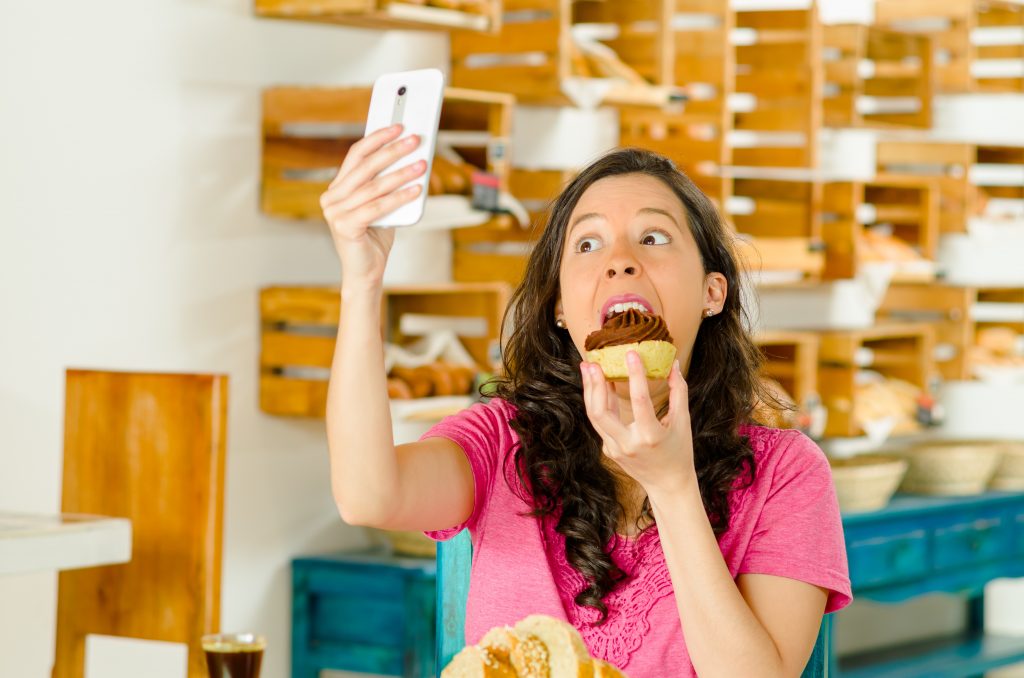
No matter your store size, sampling events can make you “the fun store,” providing a source of entertainment and creating social opportunities – both in real life (making friends/conversation) and online (snapping pics). This fun will be contagious, attracting repeat and potentially new customers to the store. Sampling can also ease the minds of parents trying to win the battle of healthy snacks that their kids will actually want to eat.
Want to launch an in-store sampling program or refresh your current program? Here are a few questions to help get you started.
What products should I sample?
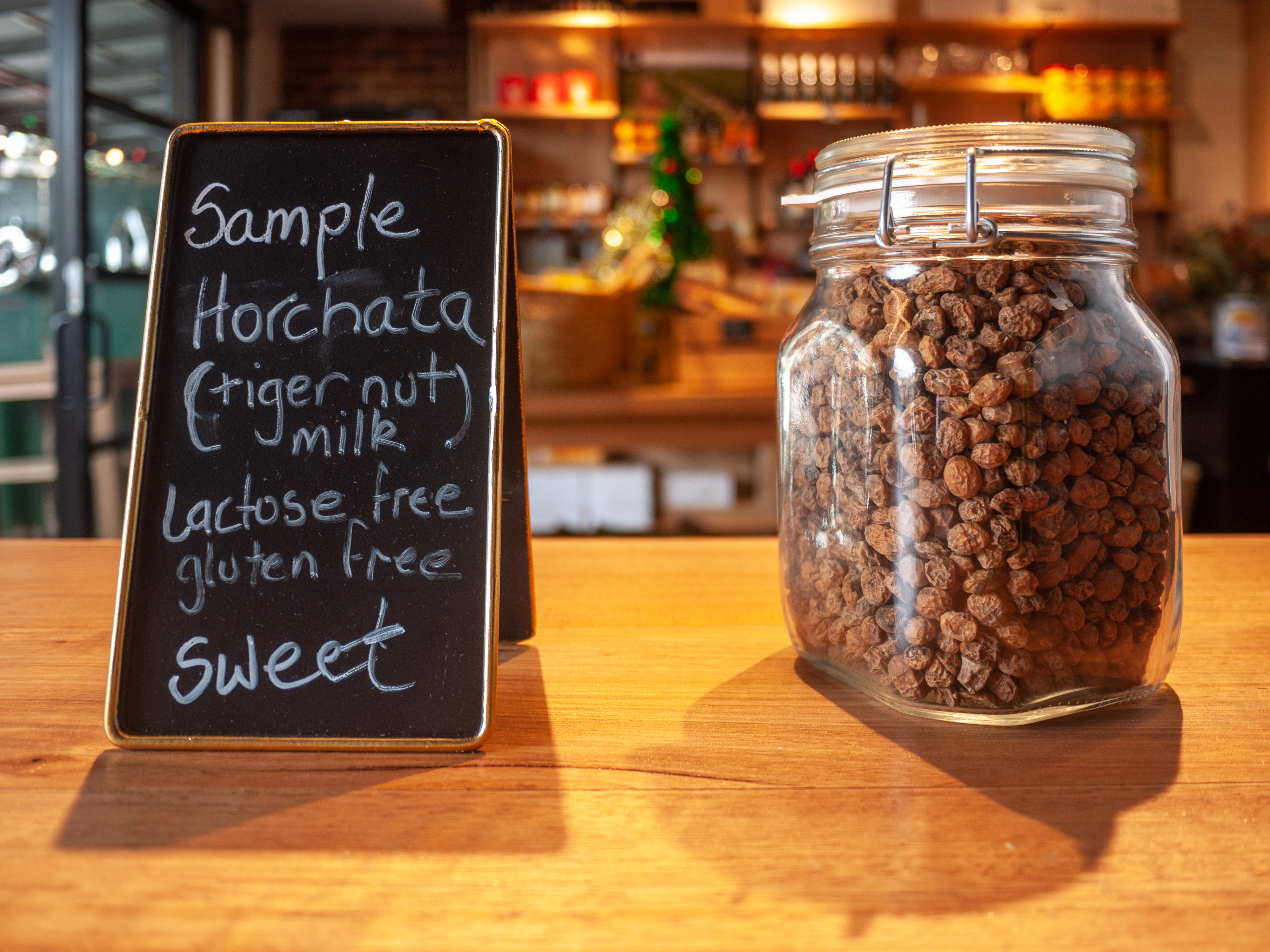
Before selecting samples, first identify the goals of your sampling program. Are you encouraging customers to purchase a new product? Do you have overstock you’re looking to unload? Will you be the first company in the area to have a particular product in stock and would like to drive sales?
See the potential sample products through your customers’ eyes. Is this product more expensive or does it have unique, exotic ingredients? Customers prefer to sample a the pricier products before making a purchase. Also, if customers feel they’re getting exclusive access to something special, it adds to the excitement of the event.
When it comes to kids and their picky palates, the ability to taste before purchase can ensure that these new treats will be gobbled up. For example, snap pea crisps from Harvest Snacks or Popper Duos baked vegetable snacks might seem scary, but after kids have had a taste these crispy treats may become their go-to lunchtime treat.
Still feeling stumped? Ask your staff. They’re interacting with your customers and your products on a daily basis. Your associates are a wealth of knowledge and may have some suggestions of new products that have become their personal favorites as well. They may even have ideas for a unique combination of products they believe your customers will love. Added side benefit — involving employees in business decisions increases company pride which is then passed along to customers through positive customer service experience.
I’ve selected a product – what do I do now?
Decide how many samples and flavors to offer. Make it easy for customers to make a decision by selecting only 2-3 flavors to sample. When choosing flavors, select those that you feel would appeal to the widest customer base to ensure full size purchases.
Who’s staffing the sample tables?
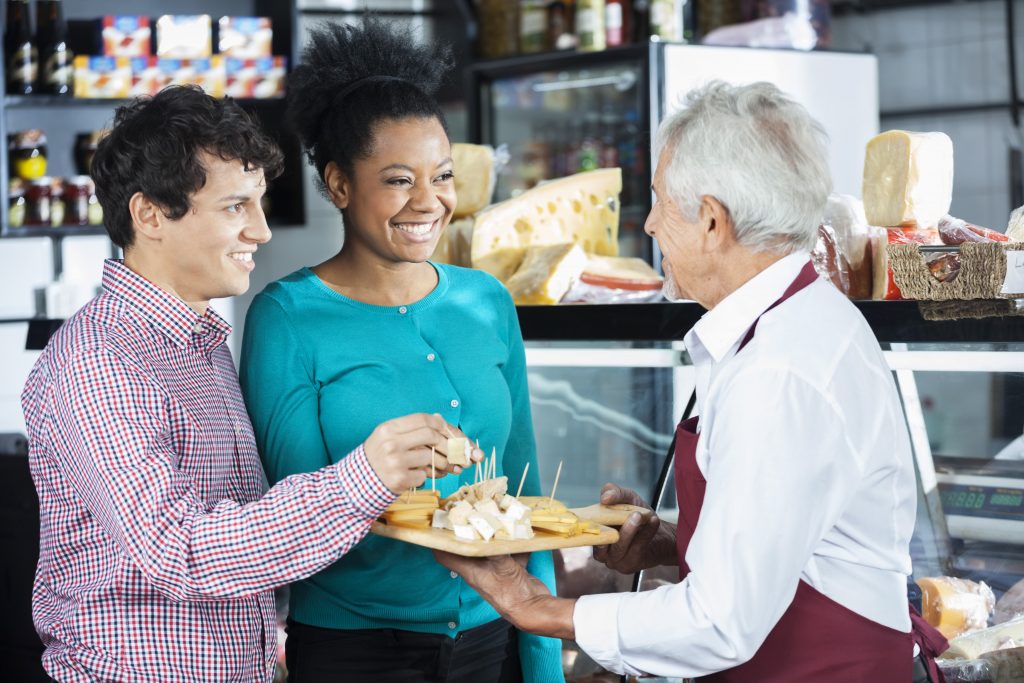
This depends on your budget and store size. Larger chains might use third-party companies. If that’s not in your budget, then look to your staff. Select the most outgoing and friendly as they will be your brand ambassadors. A good rule to follow is to outfit employees with an embroidered apron or shirt with your company logo.
Training, when using in-house staff is important. They need to be informed about the product, its uses, the flavors available, allergen info (particularly dealing with products for kids), and a little about the manufacturer and their philosophy. These all play a factor in purchasing decisions, particularly today when Non-GMO and sustainability weigh heavily on customers purchasing decisions .
How should my sample tables be merchandised?
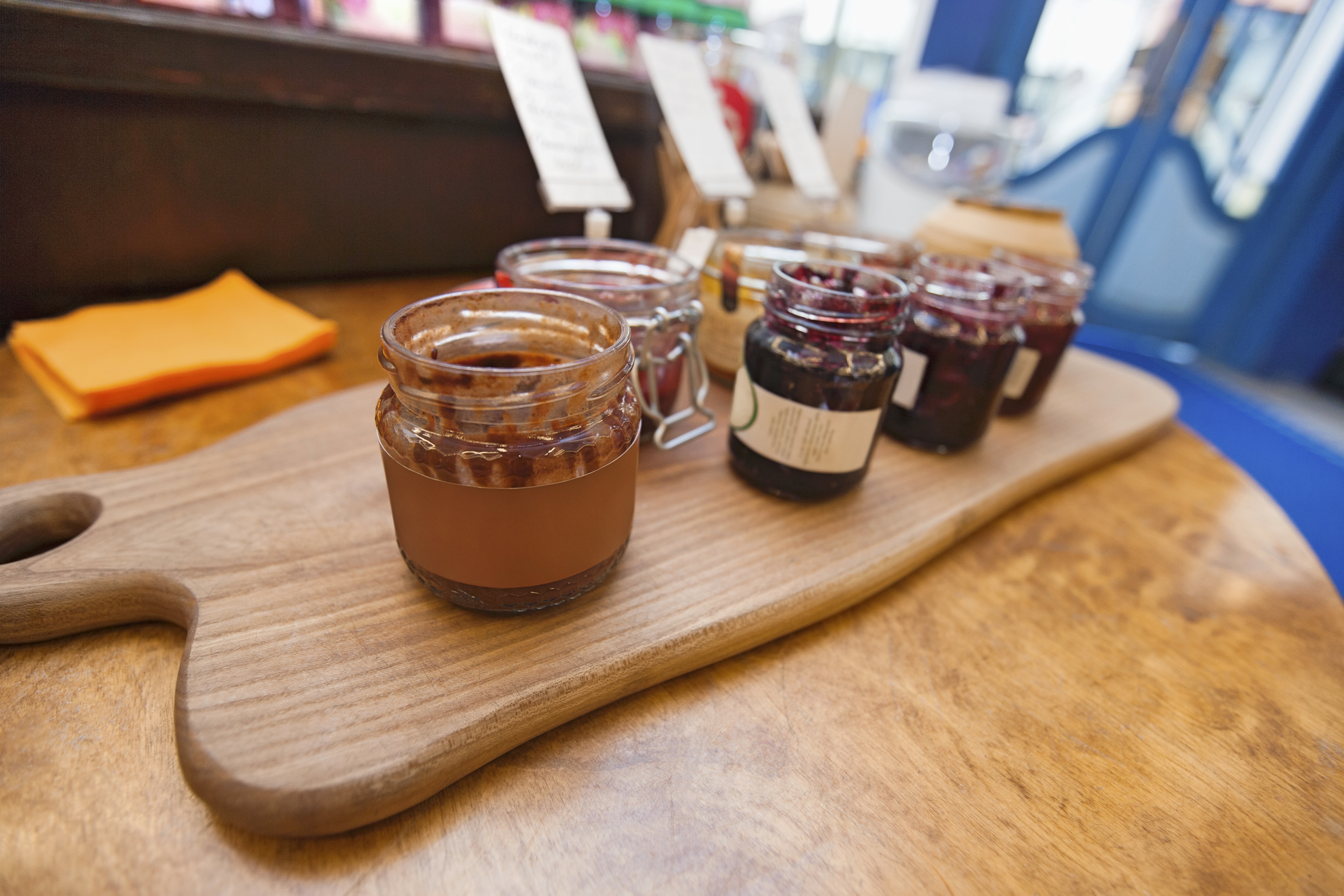
To catch customers’ attention, appeal to all the senses. Consider the packaging – is it brightly colored, elegantly designed and will the full size products attract attention like organic gummies from Surf Sweets or Luke’s Organic cheese lightning bolts and chips?
Don’t overlook the sense of hearing – sound is important. Make sure your staff members will be heard over the crowd. The sense of smell is extraordinarily important. Check that the smell of the sample is not overpowered by a nearby food section like a seafood or hot deli.
Once you’ve drawn them in, taste and touch are critical. Does the product’s packaging feel rich when held or does it feel flimsy? Finally, are you providing a large enough portion to give customers an accurate taste?
Instead of offering a straight up sample of the product, also consider presenting new and unique ways to use the products you already carry. Offering the unexpected makes you stand out and could also lead to repeat customers attending your sampling events. Your candy section can provide inspiration with waffle s’mores sandwiches, a candy chocolate tart or since its back to school season, vegan peanut butter cookies using Unreal chocolate gems .
When should I host sample events?

There is no hard rule on the best day to offer in-store sampling. It depends on the foot traffic and the crowd flow at your particular store. Weekends are often the best time as you have built-in crowds. If your store is smaller and gets crowded during the weekend, you may not want to have sample stations clogging up traffic further. Instead, select your busiest weekday or limit samples to certain hours of the day.
Also consider the different businesses around you as they might help dictate a good day to offer samples. Are you on a main street near restaurants or movie theaters? You may want to host your events on the days of the week you observe increased foot traffic from these businesses.
The product you’re sampling can also dictate the day and timing of your event. If it’s a breakfast food, you may want to sample in the morning, preferably on the weekend. If more a snack or dinner item, later in the day is best.
Scheduling samples for the same day and time on a regular basis while promoting on social media turns out to be a great method to draw those samplers in. If you’re located in a main street situation, consider signage in your window or outside the store before and during the event as a further promotion technique.
Is setting up stations the only way that I can offer a free sample?
No, sampling doesn’t always require you to have table sample stations at the ready. If you don’t have the staff or the space to host a formal event, you can still use sampling to grow sales. For example, you could offer a sample of a product you’re promoting as an incentive for signing up for your email list.
Another way to incorporate sampling without a formal event is to offer a free sample as an add-on to a purchase of a certain amount. If you’re running a promotion of this type, you would want to pick a product that is either unique (new and out for the first time) or maybe something that has a higher price tag to incentivize customers to want to make a purchase.
Point blank – we all like getting something for free. By creating the right atmosphere, free sampling can become an occasion for your customers while also a business opportunity. Samples draw new customers into the store while also acting as a reward for longtime loyal customers. In the case of lunchbox snacks, sampling could be a mediator in the fight between healthy and tasty snacks.
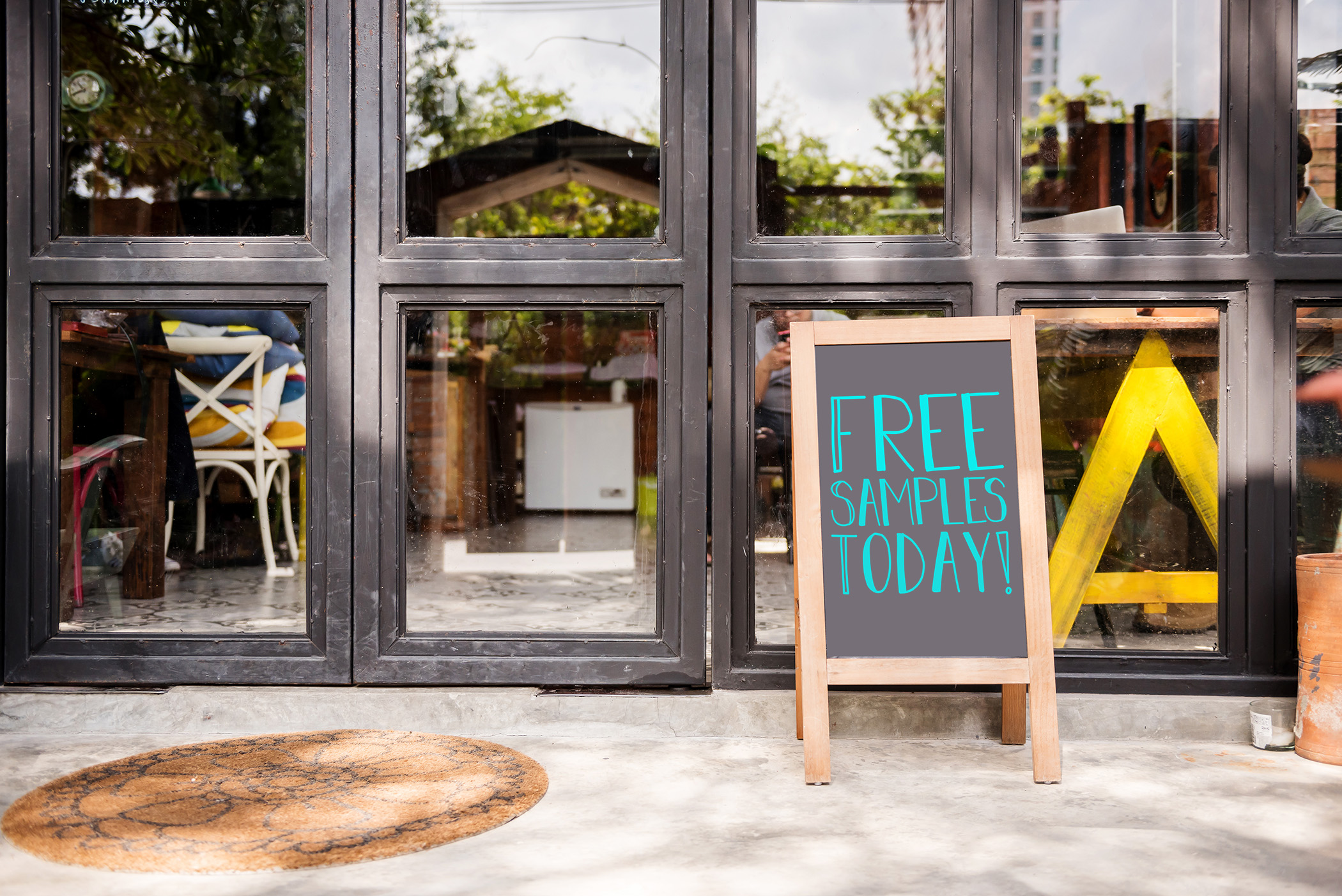
Hi! Let us know what's on your mind.